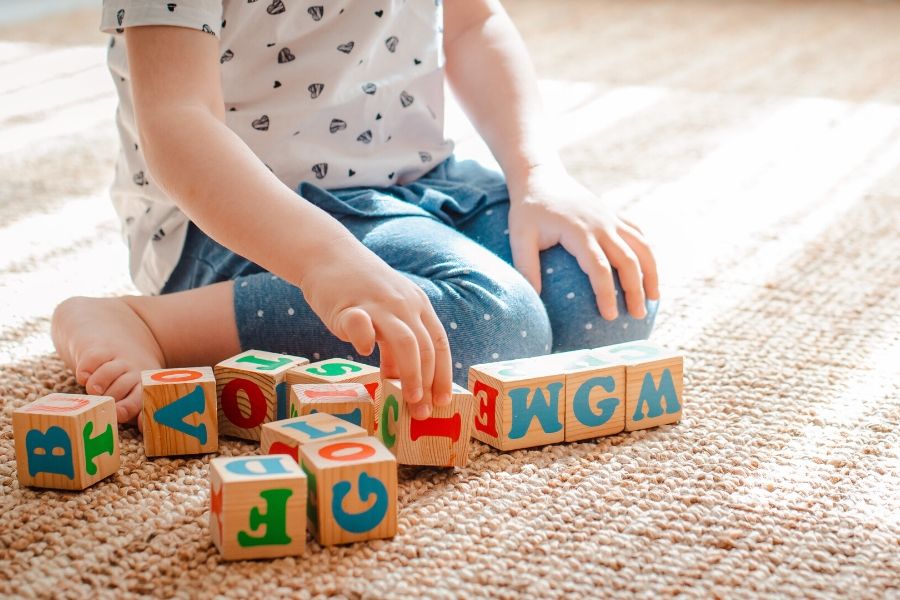While playtime may seem like it’s all fun and games for your little tot, play actually serves an extremely important role in their development. There are several types of play that your child can engage in.
 Each type of play serves an important role in helping your child develop key physical, mental, and social skills. By diversifying the type of play that your child engages in, you can help them develop a more well-rounded skillset. To learn about some of the most important types of play for child development, continue reading.
Each type of play serves an important role in helping your child develop key physical, mental, and social skills. By diversifying the type of play that your child engages in, you can help them develop a more well-rounded skillset. To learn about some of the most important types of play for child development, continue reading.
Structured play
Structured play refers to a type of play that has a purpose. It involves a set of rules and instructions which are used to accomplish an ultimate goal. Examples of structured play include games, puzzles, or even organized sports. This type of play is especially beneficial for helping children develop foundational skills and accomplish specific learning objectives. Essentially, it teaches children that learning can be fun.
Open-ended play
Unlike structured play, open-ended play isn’t bound by any rules or regulations. Instead, it allows children to express themselves freely. Examples of open-ended play include building blocks, molding clay, or drawing and painting. Each of these types of play can be completed in several ways without a specific intended outcome. The possibilities are truly endless. Some of the main benefits of open-ended play for children include enhanced creativity, strengthened imagination, and enhanced cognitive skills.
Parallel play
Parallel play is a type of play in which two or more children play independently while sitting next to each other. This type of play is most widely practiced by two- or three-year-olds. While they are playing independently, they are also paying attention to one another, often mimicking each other’s behavior. Such interaction allows children to learn basic social skills such as sharing and an understanding of boundaries.
Cooperative play
Another important type of play for child development is cooperative play. Cooperative play is a more advanced form of play typically practiced by children four years of age or older. It involves working with other children to accomplish a common goal, similar to structured play. Examples of cooperative play include team sports, puzzles, or scavenger hunts. Key benefits of cooperative play for child development include learning important social skills such as turn-taking, effective communication, and the ability to deal with disagreements.
More Educational Advice:
Why playing with your child is more important than you think
5 Reasons to Send Your Child to Preschool
Everything You Need to Know About Childcare — But are Afraid to Ask
[…] RELATED: 4 Important Types of Play for Child Development […]